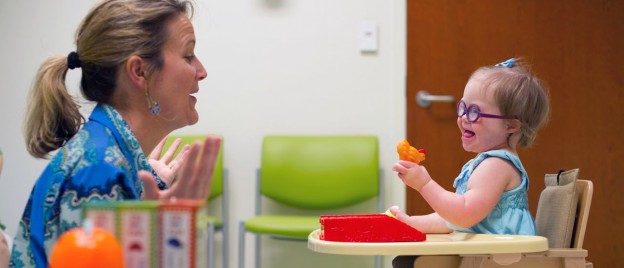Title: Slack Communication
General Information about Item:
- Genre and Sub Genre: Customary Folklore: rituals, traditions
- Language: English
- Country where Item is from: United States
Informant Data:
- Trevor Davis is an ’18 that joined X.ado his freshman year and sang in his high school choir for three years. He is 21 years old. He was born in Wheaton, Illinois. He grew up and still lives in Raleigh, North Carolina. He is majoring in computer science, and minoring in math and anthropology.
Contextual Data:
- Social Context:
All members of X.ado participate in this tradition and use Slack to communicate with each other. This tradition has existed for at least 3 years according to the informant.
- Cultural Context:
X.ado tries to create a very inclusive culture and members think of the group as a second family. The members are constantly communicating and as a result, they use a special application that is devoted entirely to communication amongst the group members. The fact that members use a separate application just to communicate with each other as opposed to using GroupMe or other applications that students use to communicate with most other students reflects the extremely strong relationships that have formed on X.ado and the importance group members give each other.
Item:
The group X.ado maintains a Slack team with different channels (such as 17F, random, and rehearsals) to communicate with each other rather than use GroupMe. On Slack the group has many different channels as members discuss many different topics with each other. GroupMe is the application that most college students use in order to communicate and socialize with each other.
Associated file (a video, audio, or image file):
Transcript of Associated File:
One thing about being in a group like ours on campus that’s involved not just with something we do during a lot of hours in our week but also with something that’s such an important part of our identities is that we spend a lot of time with those people. One cool thing we do is we communicate through Slack instead of GroupMe or something because we have so many different things going on. We have like a 17F channel, we have like a rehearsal channel, a social channel, a random channel, a song of the day channel, and we have all these different things going on all the time and it really just demonstrates how X.ado’s involved in so many different aspects of our lives.
Informant’s Comments:
- See transcript
Collector’s Comments:
- Slack is an interesting choice for communication because GroupMe is such an ubiquitous form of communication for various collegiate student across the United States. For example: many social groups, fraternities and sororities, and sports teams maintain GroupMe groups. Slack is typically used for businesses (more specifically, it’s popular amongst tech startups), which suggests that X.ado has a different dynamic compared to other student groups on campus, perhaps a more serious tone.
Collector’s Name: Marcus Reid
Compiled/Analyzed by: Afnan Enayet/Sruthi Pasupuleti
Tags/Keywords:
- acapella
- team
- communication
- tradition



